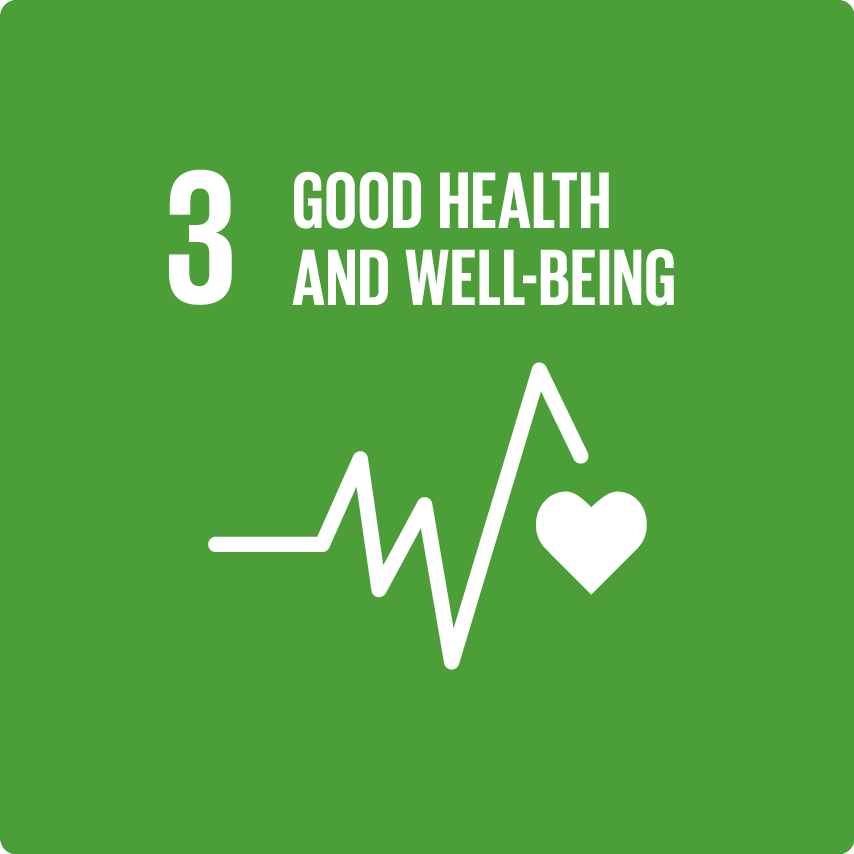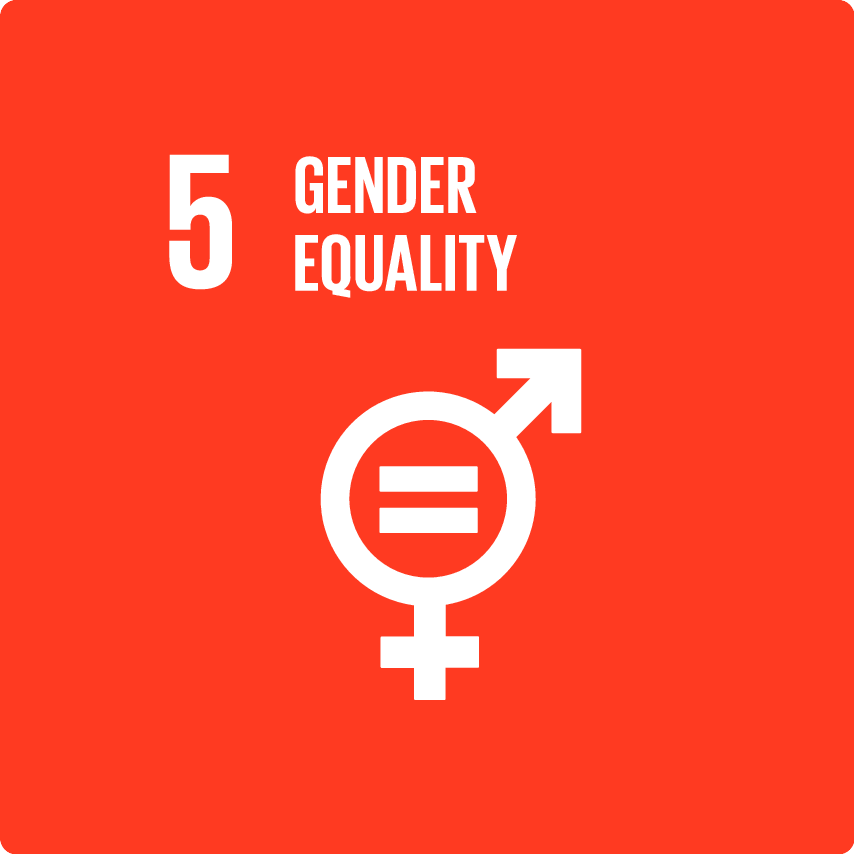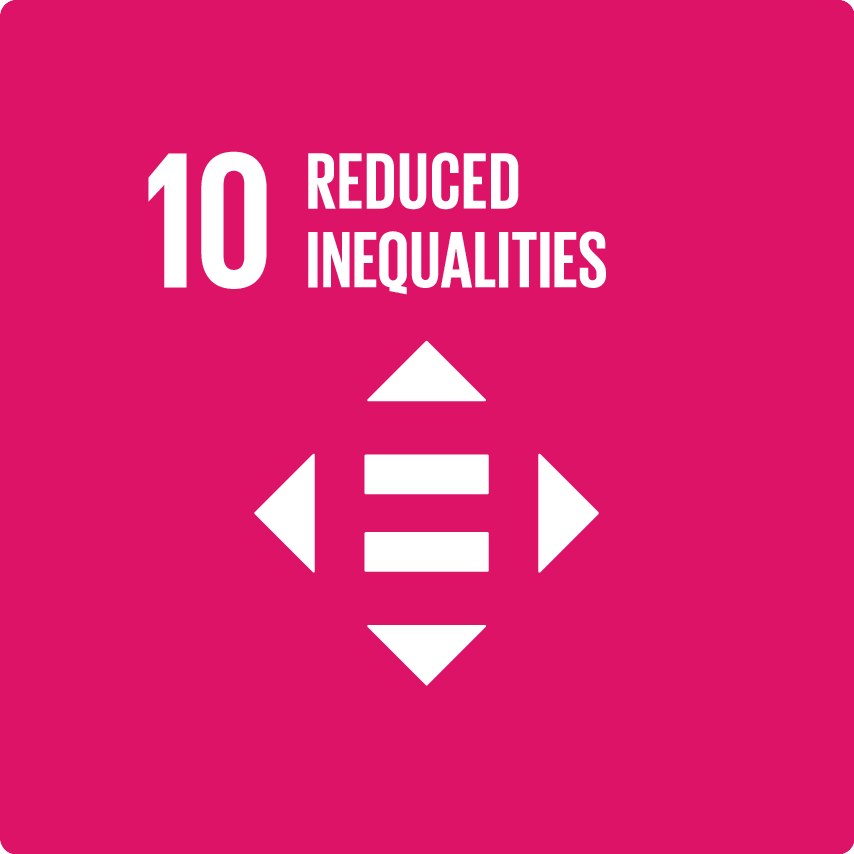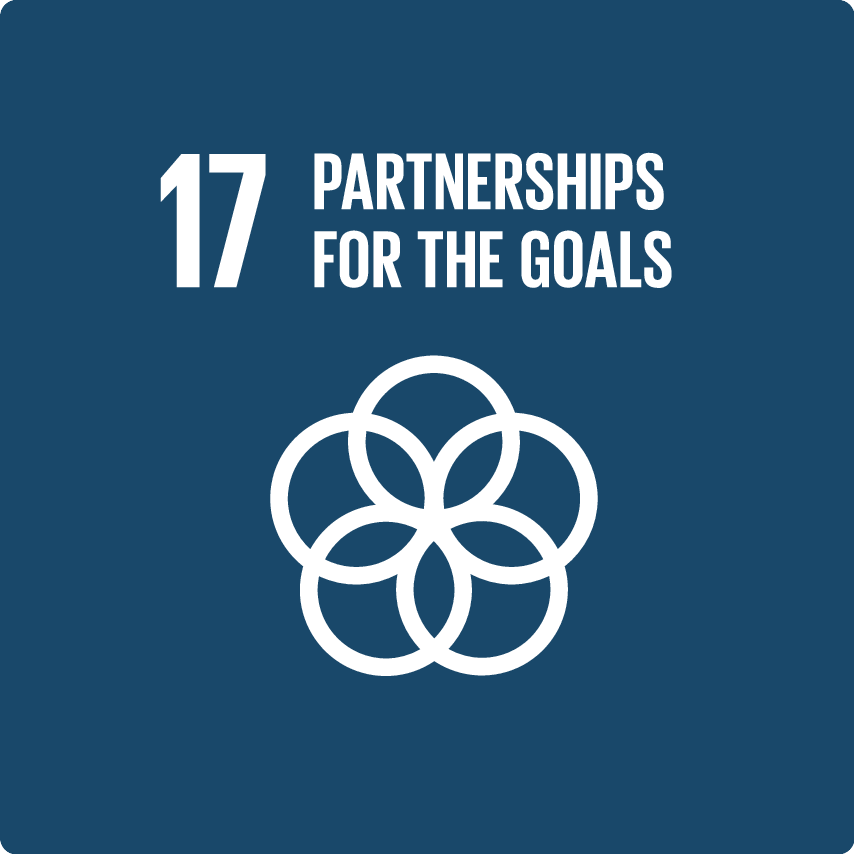Novartis Leprosy Program
Contributing to a world free of leprosy through the Novartis donation of leprosy multidrug therapy (MDT) since 2000.
SEE ALL PARTNER ORGANIZATIONS
Objectives
- Contribute to a world free of leprosy through the Novartis donation of leprosy multidrug therapy (MDT) since 2000.
- Explore innovative interventions to accelerate leprosy elimination.
- Collaborate with partners to improve first-mile distribution of MDT.
What are the health needs and challenges?
Leprosy is an infectious disease caused by Mycobacterium leprae bacteria, which multiply very slowly. Once infected, the average incubation period is five years, although it can take between 1 year and 20 years for symptoms to appear. Leprosy is not highly infectious and although its transmission is not fully understood, close and frequent contact with an infectious patient accelerates transmission. Leprosy mainly affects the skin and nerves. If untreated, there may be progressive and permanent damage to the skin, nerves, limbs and eyes. Disabilities are secondary complications that result from late diagnosis when the insensitivity (nerve damage) caused by leprosy is already present.
Multidrug therapy (MDT) is the treatment recommended by the World Health Organization (WHO). It consists of three drugs: dapsone, rifampicin and clofazimine – the latter two were developed in the research laboratories of Novartis. MDT has made it possible to treat patients, reduce the transmission of leprosy and prevent disabilities.
Since 1981, thanks to the free availability of MDT, the global disease burden has been reduced by 95%. Despite the decline, the case detection rate for leprosy has plateaued at about 200 000 cases over the past 15 years. But due to the COVID-19 pandemic, the number of new cases fell to 140 546 in 2021, leading to several thousands of missing cases. Maintaining awareness of the disease is particularly important in the aftermath of the pandemic, which has set us back on the journey to disease elimination.
Partnership activities and how they address needs and challenges
MDT donation: Since 2000, Novartis has been providing MDT free of charge to all leprosy patients through the WHO, helping to treat more than 7.5 million leprosy patients worldwide. In 2020, the company again renewed its pledge to extend its donation with the WHO through a new five-year agreement. The agreement also covers the continuing donation of triclabendazole for the treatment of fascioliasis. In 2022, at the Kigali Summit on Malaria and Neglected Tropical Diseases, Novartis announced a five-year (2021-2025) financial commitment of USD 250 million to advance R&D of new treatments to combat malaria and NTDs.
Since 1981, more than 7.5 million people have been treated for leprosy thanks to MDT, reducing the global burden by 95%. However, in recent years, fewer patients have been detected, funding and political commitment as well as knowledge of the disease have also declined. The case detection rate for leprosy has plateaued at about 200 000 over the past 10 years, and the disease remains endemic in many countries in Asia, Africa and Latin America; even countries with low overall endemicity may have localized high-burden pockets.
Further, newly diagnosed leprosy patients include children, indicating continued transmission of the disease.
Post-exposure prophylaxis: Between 2013-2018, the Novartis Foundation worked with scientists, countries and patient groups to generate real world evidence on post-exposure prophylaxis with single-dose rifampicin – the largest ever research program on combining contact tracing with prophylactic treatment – an intervention today recommended in the WHO’s Guidelines for the Diagnosis, Treatment and Prevention of Leprosy.
In 2020, the results of the Leprosy Post-Exposure Prophylaxis (LPEP) program were published in The LANCET Global Health, indicating this approach could massively reduce the global burden of leprosy. Use of post-exposure prophylaxis has indeed shown to reduce the risk of leprosy in contacts of leprosy patients by up to 60%.
The LPEP program traced 170 000 people who had been in contact with individuals newly diagnosed with leprosy, and treated 150 000 of them with a single dose of rifampicin to prevent disease.
If this approach is scaled up globally, near-elimination of leprosy could become a reality in a single generation.
AI4leprosy An international team of scientists, led by Instituto Oswaldo Cruz (IOC/Fiocruz), Microsoft’s AI for Health team and the Novartis Foundation, has developed an AI-enabled diagnostic assistant that can help identify suspected leprosy lesions. The tool, called AI4leprosy, works by assessing skin lesion images in combination with patient symptoms.
An article published in 2022 in The LANCET Regional Health – Americas shows that the diagnostic tool is over 90% accurate in detecting leprosy. This now serves as the basis for developing a mobile application to further validate the tool, and ultimately accelerate leprosy detection globally.
NTDeliver: Novartis is the sole supplier of MDT globally, but supply alone is not enough. Converting treatments into cures requires an effective supply chain to ensure medicines get to patients on time. Currently, the supply chain for NTD medicines, including leprosy, is fragmented, involving many players, and requiring manual exchanges of data files. To address these inefficiencies, in 2022, Novartis joined NTDeliver, a cloud-based supply chain optimization and visibility platform now used in more than 100 countries to digitally track donated medicines for NTDs. This should substantially improve coordination across multiple stakeholders and ensure the timely and efficient supply of donated medicines for leprosy.
Results and milestones
Novartis now focuses on exploring innovative interventions to bring the world closer to leprosy elimination. Initiatives include:
- Pilot with NTDeliver in Ghana on last mile distribution to drive timely access to treatment and treat leprosy-driven complications.
- Development of a rapid screening/diagnostic test together with the Swiss École polytechnique fédérale de Lausanne (EPFL) to begin the assay development and preclinical validation of the leprosy molecular diagnostic test, and with Oswaldo Cruz Foundation (Fiocruz) in Brazil to begin work on innovative sampling procedures to aid leprosy detection.
- Working with the Global Partnership for Zero Leprosy, of which Novartis is a founding member, to accelerate research in new diagnostic and therapeutic tools to interrupt leprosy transmission; collaborate with national leprosy programs to identify and scale up promising innovations and best practices; and increase advocacy and resource mobilization
- Supporting the Sivananda Rehabilitation Home, a tertiary care hospital for leprosy patients in Hyderabad, India, in digitizing medical records of leprosy patients, enabling Sivananda to become a paperless hospital. In addition, it is hoped that this will enable healthcare providers to identify new insights, which will help improve management and treatment outcomes for leprosy patients.
Geographic Reach
- Global Commitment
Disease Area
- Infectious and Parasitic Disease
Target Population
- Children
- Men
- Women
- Elderly
- People with low incomes
- Marginalized/indigenous people
Partner organizations
Swiss Tropical and Public Health Institute
University of Aberdeen, Scotland
École Polytechnique Fédérale de Lausanne (EPFL)
University of Basel, Switzerland
Fundação Oswaldo Cruz (FIOCRUZ)
Erasmus University Medical Center
Global Partnership for Zero Leprosy
International Association for Integration, Dignity, and Economic Advancement (IDEA)
FAIRMED
American Leprosy Missions
International Federation of Anti-Leprosy Associations
LEPRAHILFE
Sasakawa Health Foundation
World Health Organization (WHO)
National leprosy control programs
German Leprosy and Tuberculosis Relief Association
Netherlands Leprosy Relief
Novartis Foundation
Additional resources
- Novartis contribution to leprosy elimination
- Reimagining leprosy elimination with AI analysis of a combination of skin lesion images with demographic and clinical data. The LANCET Regional Health Americas
- Leprosy post-exposure prophylaxis with single-dose rifampicin (LPEP): an international feasibility programme. The LANCET Global Health
- Contact tracing with prophylactic treatment could near-eliminate leprosy in a single generation, new research suggests. Press release
- Artificial intelligence proves successful in accelerating leprosy detection. Press release
Geographic Reach
Global Commitment
Disease Area
Infectious and Parasitic Disease
- Neglected Tropical Diseases (NTDs)
- Leprosy



